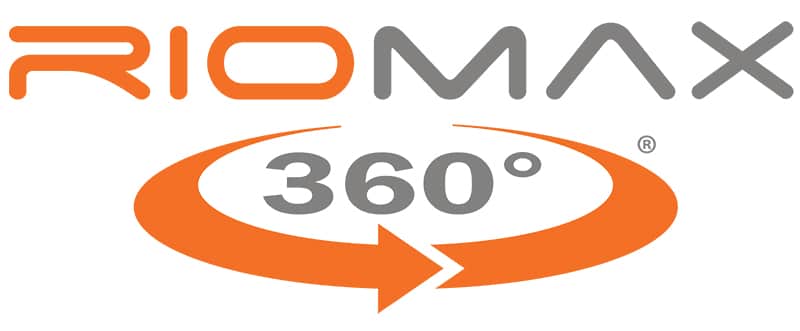Last updated on February 9th, 2022 at 01:31 pm

SPLIT ROCK RANCH
DAN & ASHLEY KETTNER
MORGAN, MN
Riomax® Customer Since 2017
Herd Details
- Breed: Angus Hereford Simmental
- Calving Date: April - May
- Birth Weight: Avg 70 lbs
- Weaning Weight: Avg 550 lbs
- Herd Size: 120 mothers
Fast Facts
- 95% decrease in treatment cost for coccidiosis
- Reduction in labor from treating 20% of the calves to 1%.
- Improved gains and efficiency due to a healthier start in life
The Story
We’ve been calving on the same piece of ground for generations due to the simple fact it’s the best spot with water access and cover from the Minnesota winter elements. This has been a contributing factor of dealing with coccidiosis and scours for many years. In fact, we used to plan for about 20% of the herd to be treated every Spring because of it. That costs us about $28 per calf for a 5-day treatment, a total of $674 for the season. That’s not including the loss in weight gain or the labor to treat yet either. In the fall of 2017 we found Riomax® and switched the entire herd. That Spring of 2018, we geared up and bought enough treatment for 20% of the herd assuming we’d have an outbreak like every other year. That year we had 24” of snow fall in a 48-hour time period right at the beginning of April. We treated ONE calf for coccidiosis and four others received electrolytes only due to them being so cold and slow moving. Those four calves that got electro-lytes had their energy back within two days and were turned out with mom again. We were so skeptical we weren’t ready to give the credit to Riomax® yet.
In 2019, we anticipated a few would need treatment. The storm was almost the exact same from what we experienced in 2018. We treated one calf and only two got electrolytes and one dose of the RioBotic® paste – after two days they were feisty again and back with mom.
Then 2020 rolled around. Instead of buying medication we bought more of the RioBotic® paste to keep on hand for any-thing that looked like it was lacking vigor. We were lucky to not have a big snow storm but unlucky in the fact that it was wet, muddy, and cold. Even with those conditions we only had four calves that were born in puddles; which is never good. Those four were dried off, warmed up, and given the paste. They never did end up getting sick. This year our cost was $30.
From Spring of 2018 to 2020, we had a 95% decrease in treatment costs. Reduction in labor from treating 20% of the calves to 1%. Lastly, the historical 20% that would always get sick, were slow to gain because of their rough start. But now, they are starting out healthy and with a lot of vigor, that has a direct impact on their
ability to gain efficiently. To say we are believers is an understatement.


